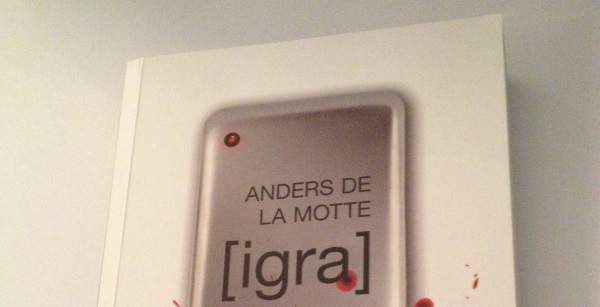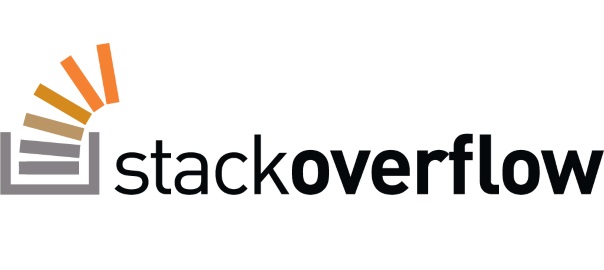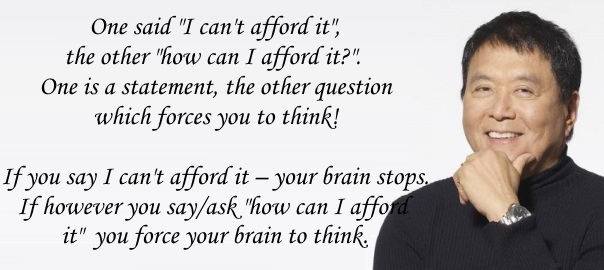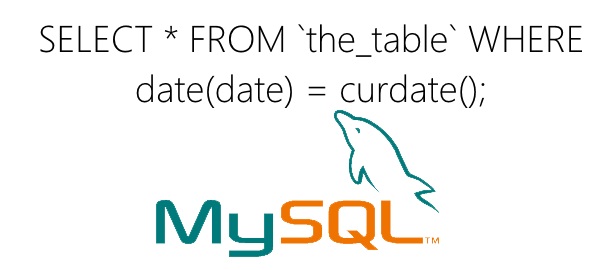The love of money is the root of all evil versus the lack of money is the root of all evil.
Sadly, money is not taught in school.
One said “I can’t afford it”, the other “how can I afford it?“. One is a statement, the other question which forces you to think! If you say I can’t afford it – your brain stops, if however you say/ask “how can I afford it” you force your brain to think.
Proper physical exercise increases your chances for health and proper mental exercises increase your chances of wealth.
Taxes punish those who produce!, versus the statement that the rich should give the poor and pay more taxes.
Study hard so you could find a good company to work for versus study hard to find a company you could buy.
The reason why I’m not rich is why I have you kids versus the reason why I must be rich is because I have you kids.
Learn to manage risk.
Money is power.
There is a difference between being poor and being broke – being broke is temporary, being poor is forever.
Study to be rich, understand how money works and learn to have it work for me.
Money comes and goes, but if you have the education on how the money works you’ll gain power over it and you can begin building wealth.
The poor and the middle class work for money, rich people have money work for them.
Hurt is good – it inspires you to make money.
Most people only talk and dream about getting rich, You tried to do something!
Some just let life push them around, others get angry and push back. But they push back against their boss or their job, or their husband and wife, they do not know that it’s life who’s pushing. If you do not fight back you will spend your life blaming your job, boss, little pay for your problems. You live your life hoping for that big break that will solve all your money problems. If you have no guts you’ll just give up every time life pushes you – you will live your life safe – you die a boring old man. So, fight and go for it motherfucker.
Rat race – get up, go to work, pay bills – get and increased salary, spend more.
Once a person stop searching for information and self moment ignorance sets in.
It’s not how much money you make it’s how much money you keep.
Buy assets, not liabilities. Asset is something that puts money in your pocket and liability something that takes it out.
Financial literacy, investing, understanding markets, the law.
People who avoid failure, also avoid success.
Schools often the reward people who study more and more about less and less. You should know little about a lot.
Workers work hard enough not to get fired, and owners they just enough so that workers won’t quit. That’s a wrong moto.
Life is much like going to the gym. The most painful part is deciding to go.
Give and you shall receive.
I have never really met anyone that likes losing money. And in all my years I have never met a rich person who has never lost money. But, I have met a lot of poor people who have never lost a dime. Investing that is.
Everyone wants to go to heaven but no one wants to die.
Do what you feel in your heart to be right. For you’ll be criticized anyway.
It is not what you know, it is how fast you can learn something new.
For winners – loosing inspires them. For losers – loosing defeats them.
What I find funny is that so many poor or middle class people insist on flipping restaurant help 15 to 20% even for bad service, but complain paying a broker 3 to 7%.
Too often today we focus on borrowing money to get the things we want instead of focusing on creating money.
Insanity – doing the same thing over and over again and expecting a different result. Stop and see what is it that you’re doing that is not working and do something new.
Find someone who has done what do you want to do. Take them to lunch.
Take classes, read and attend seminars.
Make offers, someone may accept.
Profits are made in that buying, nothing in selling – prices go up in the neighborhood and people start buying – wrong!
Don’t play it safe – play it smart.
Risk comes from not knowing what you’re doing.








